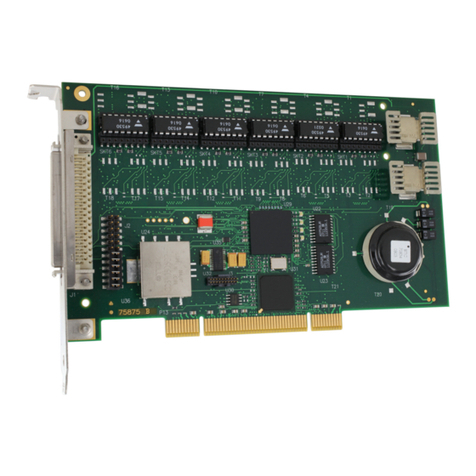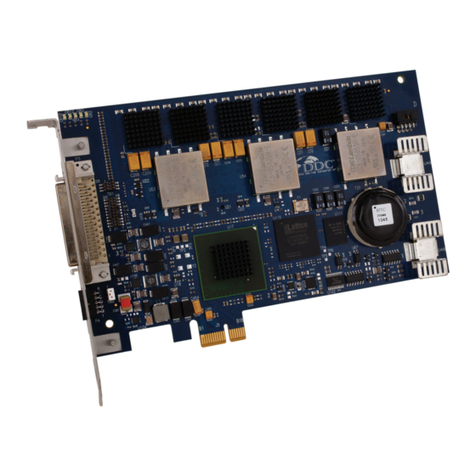
5
1.1.2 REMOTE TERMINAL FEATURES
•Up to 63 autonomous data tables per message.
•Multiple and individual message logs provide expedited message analysis.
•Asynchronous Message Handling.
•Dynamic Bus Control Acceptance
•Message Illegality is internally programmable.
•Employs data tables with individual tag words which indicate data validity, data latency,
table status and broadcast
•Optionally sets the subsystem flag bit whenever stale data is transmitted or received data
is overwritten.
•Issues interrupts on any subset of T/ R bit, subaddresses, mode commands, broadcast
messages and errors.
•Optionally resets the real- time clock in response to a "Synchronize" mode command.
•Optionally updates the lower 16 bits of the real- time clock in response to a "Synchronize
With Data" command.
•Internally loops- back messages under host control for test purposes.
•Employs a decoder algorithm which ensures high noise immunity and a low error rate.
•Software RT Address Lockout.
•MDC3818 Status Response, Error Handling, Status Bit Definition, Mode Code Operation.
•Separate Broadcast Tables and Interrupts.
1.1.3 BUS MONITOR FEATURES
•Simple setup and operation
•Preset multiple data blocks.
•Only one MT Data Start Address Register is required to control unlimited number of
message blocks. The data block sizes and locations are totally programmable.
•MT initialized by writing to three MT Configuration Registers and the MT Interrupt
Mask Register.
•Error detection and reporting
•All encoding, timing and protocol errors defined by the Protocols are detected.
•Programmable Monitor Modes:
- Word Monitor, transfers all data with/ without ID and Time Tag words.
- Message Monitor, transfers all Command and Status words with/ without ID
and Time Tag , while data words are transferred directly to conserve memory
space.
•Concurrent Bus Monitor and Remote Terminal operation.
•Selective Message Monitor, based on RT Address.
•Programmable Interrupt for End of Block.































